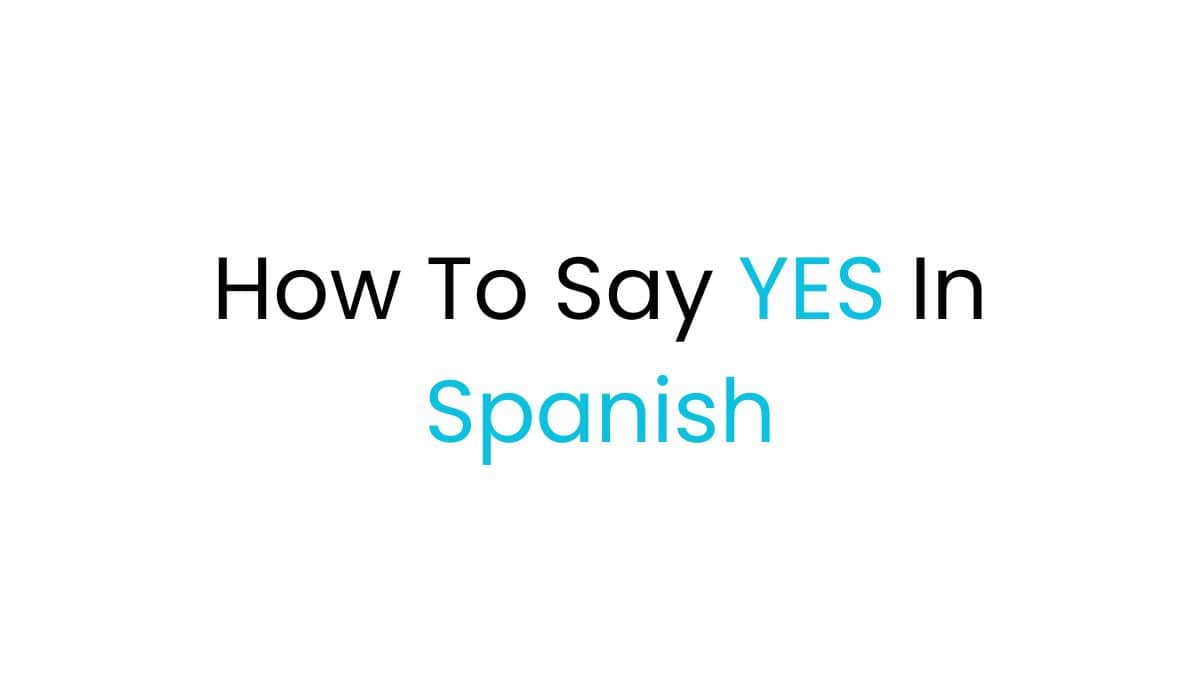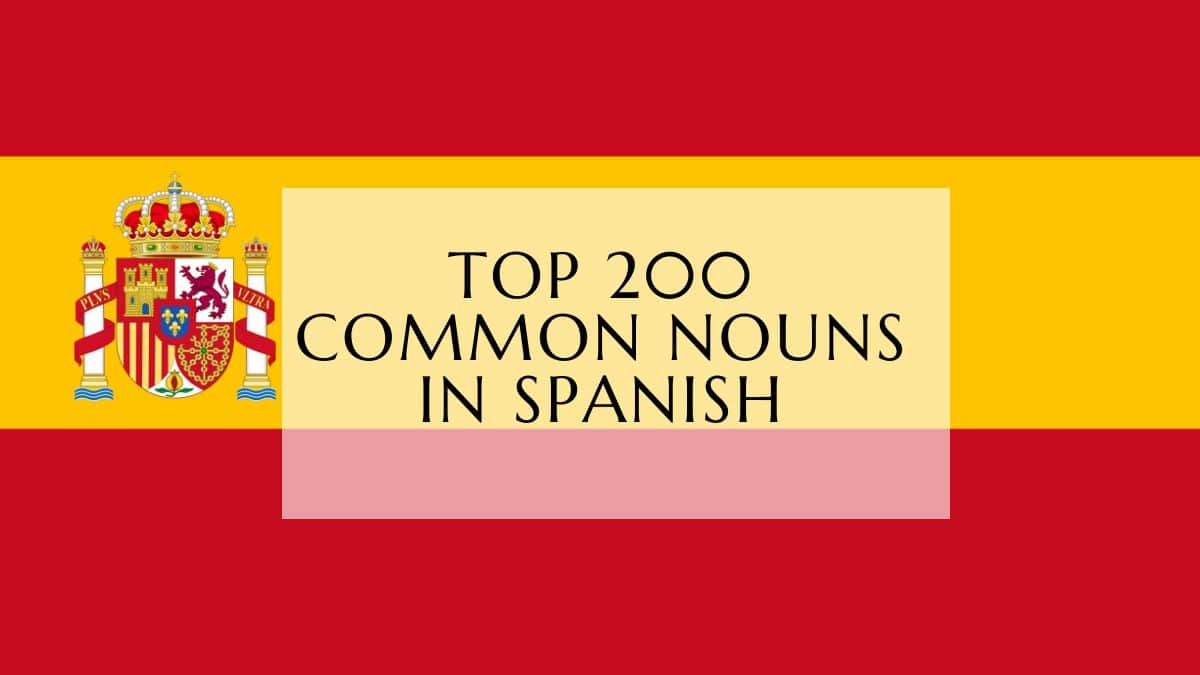Are you learning Spanish or just looking to improve your conversation skills? Knowing how to say “yes” is key. The word “sí” is the most common way to agree in Spanish. But there are many other ways to show you agree too.

We’ll look at these options together. By the end, you’ll be able to say “yes” like a native Spanish speaker.
The Importance of Saying “Yes” in Spanish
Saying “yes” in Spanish is key for showing agreement and politeness. It helps you in daily talks and answering questions. Knowing how to say “yes” makes your Spanish better and helps you connect with native speakers.
Expressing Agreement and Affirmation
To agree in Spanish, you can say “Sí” like “yes.” But there are more ways to show you agree, like “De acuerdo” (agreed), “Vale” (okay), and “Está bien” (it’s fine). These words let you adjust your answer to the situation.
Building Conversational Skills
Being good at saying “yes” in Spanish helps with your conversation skills. Saying yes shows you’re paying attention and care about the talk. It makes you seem more active and shows respect for the language and the person you’re talking to.
Knowing different ways to say “yes,” like “Sip” (yup) or “Por supuesto” (of course), lets you fit your language to the situation. This makes talking with Spanish speakers easier and helps you connect with them.
“Learning to say ‘yes’ in Spanish is not just about mastering a vocabulary word; it’s about unlocking a gateway to more conversational Spanish and deeper cultural understanding.”
The Most Common Way: Sí
The word sí is the top choice for saying “yes” in Spanish. It’s used like the English word “yes.” You’ll hear it a lot when people agree, approve, or just say “yes” in many situations.
It’s key to know the difference between sí and si. Sí with an accent means “yes,” but si without it means “if.” This small difference is important for clear communication in Spanish.
- Sí, I agree with your proposal.
- ¿Sí? Claro que sí, me encantaría ir al cine contigo.
- ¿Si puedes llegar a tiempo? Sí, no hay problema.
Sí is the key word for saying “yes” in Spanish. It’s used in both formal and casual talks. This simple word is how people show they agree, consent, and are positive.
Sí vs. Si: Understanding the Difference
In Spanish, “sí” and “si” are often mixed up, but they mean different things. “Sí” with an accent on the “i” means “yes.” On the other hand, “si” without the accent means “if.” Knowing this difference is key for those learning Spanish.
Sí Means “Yes”
“Sí” is mainly used to say “yes” and agree with something. It can also mean approval or be a reflexive pronoun, talking about oneself.
Si Means “If”
“Si” is used to start conditional clauses, like “if” in English. But it can also be a musical note, the seventh note in the scale, like B in English. Plus, it can ask “whether” in certain questions.
Statistics show how crucial it is to know the difference between “sí” and “si.” This knowledge helps learners use Spanish correctly in both speaking and writing. It makes their Spanish better and helps them communicate more clearly.
Other Ways to Say “Yes” in Spanish
“Sí” is the usual way to say “yes” in Spanish, but there are more words and phrases for agreement. Knowing these can make your Spanish conversations more natural and interesting.
Claro (Of Course)
Claro means “yes” in Spanish with confidence. It’s like saying “of course” in English. Use it when you’re sure or to show strong agreement. For example, if asked, “¿Quieres ir al cine esta noche?” (“Do you want to go to the movies tonight?”), say, “Claro, me encantaría” (“Of course, I’d love to”).
Vale (Sure, Okay)
Vale is used for agreement, consent, or just saying “okay” in Spanish. It’s like saying “sure” in English. For example, if someone asks, “¿Puedes ayudarme con esto?” (“Can you help me with this?”), you can say, “Vale, no hay problema” (“Sure, no problem”).
| Way to Say “Yes” | Usage and Meaning |
|---|---|
| Claro | Assertive “yes,” conveying confidence or certainty |
| Vale | Versatile interjection meaning “sure” or “okay” |
Using these other ways to say “yes” can make your Spanish better. It shows you can express more than just “sí.”
Yes in Spanish
In Spanish, there are many ways to say “yes” and agree. Ya and bueno are two common words used for this. They show you’re okay with something in a casual way.
Ya (Yeah, Okay)
Ya means “yes,” “yeah,” or “okay” in Spanish. It’s used in everyday talk to show you agree or understand. Ya makes conversations feel more relaxed and friendly.
Bueno (All Right)
Bueno is another way to say “yes” in Spanish. It sounds neutral, making it good for many situations. Bueno shows you’re okay with something, get what’s being said, or ready to move on.
Knowing how to use ya and bueno makes speaking Spanish easier. These words help you talk naturally and confidently every day.
Informal Expressions for Saying “Yes”
When you learn Spanish, it’s good to know both formal and informal ways to say “yes”. Saying “sí” and “claro” is polite. But, using informal and slang expressions can make your Spanish more fun and real, especially with friends or in casual talks.
Sí Pues (Well Yes)
“Sí pues” means “well yes” in Spanish but in a casual way. It shows you agree and adds a bit of casual vibe. People in Mexico, Ecuador, Honduras, and Colombia often use it, especially the young and in relaxed chats.
Sip (Yup)
“Sip” is a short way of saying “sí” used in places like Mexico, Ecuador, Honduras, and Colombia. It’s a cool, friendly way to agree. Young folks and adult men in these areas love using it.
Using these informal ways to say “yes” in Spanish makes you seem more real and connected with native speakers. It shows you know the language’s fun side and the culture too.
Formal Expressions for Saying “Yes”
Learning Spanish for work or formal events means knowing polite and sophisticated ways to agree. De acuerdo and por supuesto are two formal expressions you should know.
De Acuerdo (Agreed)
De acuerdo is a polite way to say “agreed” in Spanish. It’s often used in business, meetings, and professional talks. It shows you agree fully with a proposal or statement. This phrase also means you’re ready to work together.
Por Supuesto (Of Course)
Por supuesto means “of course”. It’s used to show strong agreement or to point out something obvious. It fits well in formal talks with clients, colleagues, or bosses.
Using de acuerdo and por supuesto to say “yes” in Spanish helps you communicate well in many professional and academic situations. They show you’re fluent and can adjust your speaking to fit the situation.
“Over 559 million people globally speak Spanish, making it one of the most widely spoken languages.”
Whether you’re in a business deal, a formal meeting, or academic talk, knowing these formal ways to say “yes” in Spanish is useful. It makes your communication stronger.
Enthusiastic Ways to Say “Yes”
Sometimes, just saying “yes” isn’t enough. You might want to show more excitement or emphasis when agreeing. You can say “¡Absolutamente!” (Absolutely!) or “¡Claro que sí!” (Yes, of course!). These phrases show strong agreement or excitement.
¡Absolutamente! (Absolutely!)
Use “¡Absolutamente!” when you’re sure about something or fully agree. It’s a way to say “yes” with a lot of enthusiasm. It shows you’re really committed to what you’re agreeing to.
¡Claro que Sí! (Yes, Of Course!)
“¡Claro que sí!” is another fun way to say “yes”. It means “of course” and is great for casual or informal situations. This phrase is perfect for showing you’re really happy to agree.
Oualid Cheddadi is the founder of Lingualid, a platform that inspires independent language learners worldwide, regardless of the language they are learning. The name “Lingualid” is derived from the Portuguese word for “language,” “língua,” and the last three letters of Oualid’s name, “Lid.”



